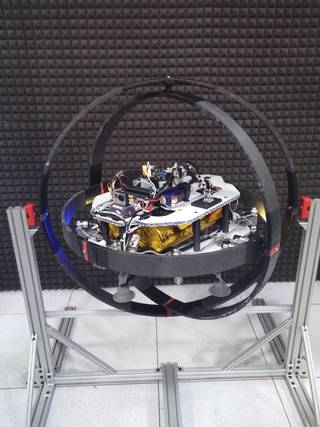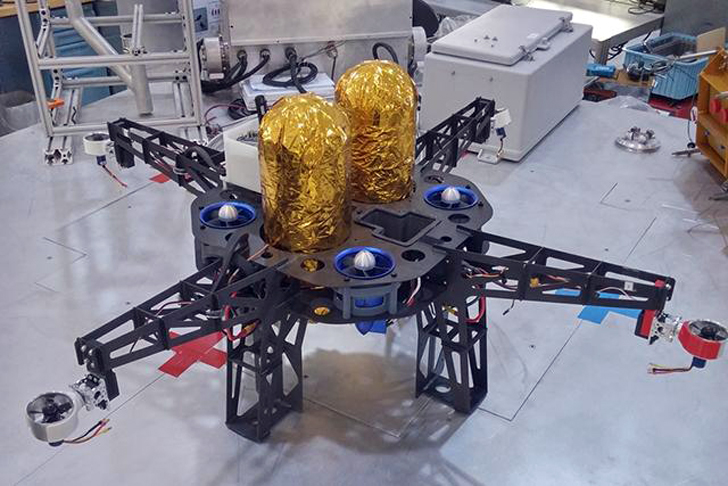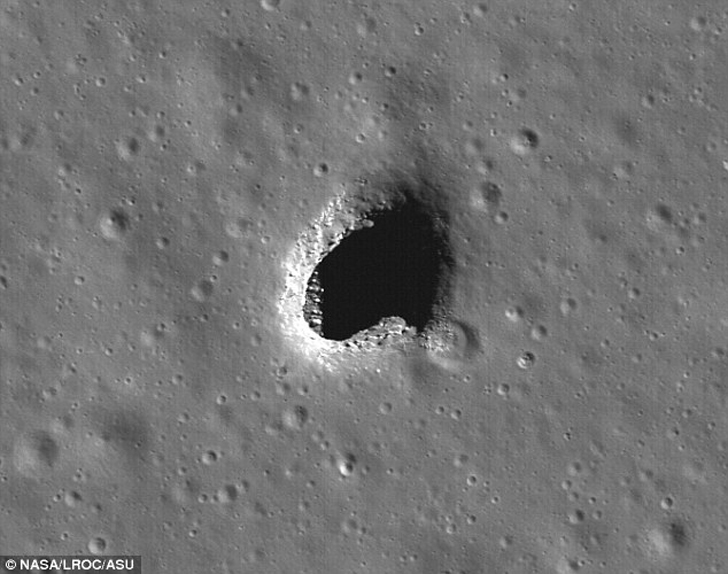Who says that drones should be limited to our own atmosphere? NASA certainly doesn’t. The US space agency sees quadcopters as being just as useful for capturing data in space as they are on Earth. To prove it, NASA is setting out to create drones that might be able to navigate the depths of space. The difference between NASA’s drones and those you might see on Earth are a number of upgrades that put terrestrial UAVs to shame. And the space agency has already created a number of prototypes relying on off-the-shelf components and 3D printed parts.
To overcome the limitations of robots like the Curiosity Explorer, NASA is designing space drones, dubbed Extreme Access Flyers (EAFs) that can hover above rough terrain and take samples. Unlike your average quadcopter, NASA isn’t using propellers to fly their space drones and, instead, have developed a propulsion system that relies on cold-gas jets that could run on oxygen or water vapor. The plan is to send these drones out to fly through space autonomously or controlled by humans on Earth to explore locations where no rover can go. Of course, without GPS in space, the EAFs would use terrain and landmarks to map out their territory.

The robo explorer, equipped with a number of tools that depend on the mission, would head into the volcanoes of Luna, investigate their craters, or even deep into the volcanoes’ lava tubes (the entrance to one is shown below). The drones could potentially uncover water or minerals essential for human life, providing humans with possible colony sites. Other possible missions include fleets of EAFs flying into the clouds of Jupiter or Saturn, drawing on the planets’ winds for power in order to study their atmospheres.
Robert Mueller, senior technologist for advanced projects at the Swamp Works laboratory, explains, “This is a prospecting robot. The first step in being able to use resources on Mars or an asteroid is to find out where the resources are. They are most likely in hard-to-access areas where there is permanent shadow. Some of the crater walls are angled 30 degrees or more, and that’s far too steep for a traditional rover to navigate and climb.” Mueller adds, “You could put a whole habitat inside a lava tube to shelter astronauts from radiation, thermal extremes, weather and micrometeorites.”
NASA has already constructed a few different models of their drones, including a palm-sized ducted fan flyer that they’ve been test flying inside of their 10 x 10 foot test space and an EAF designed for asteroid exploration, which they’ve suspended in a gimbal to understand how it will maneuver in zero gravity (shown in the video below). While these drones will help researchers explore the world’s of space, they may also help first responders in accessing hazardous areas on Earth.
As 3DPI readers know, NASA is definitely no stranger to 3D printing. In addition to 3D printing rocket parts, the space agency is keen to 3D print objects in space using natural materials, such as regolith found on the Earth or Mars. In the interview with Florida State University embedded below, you can hear Roger Mueller discuss their plans for 3D printing in depth.




